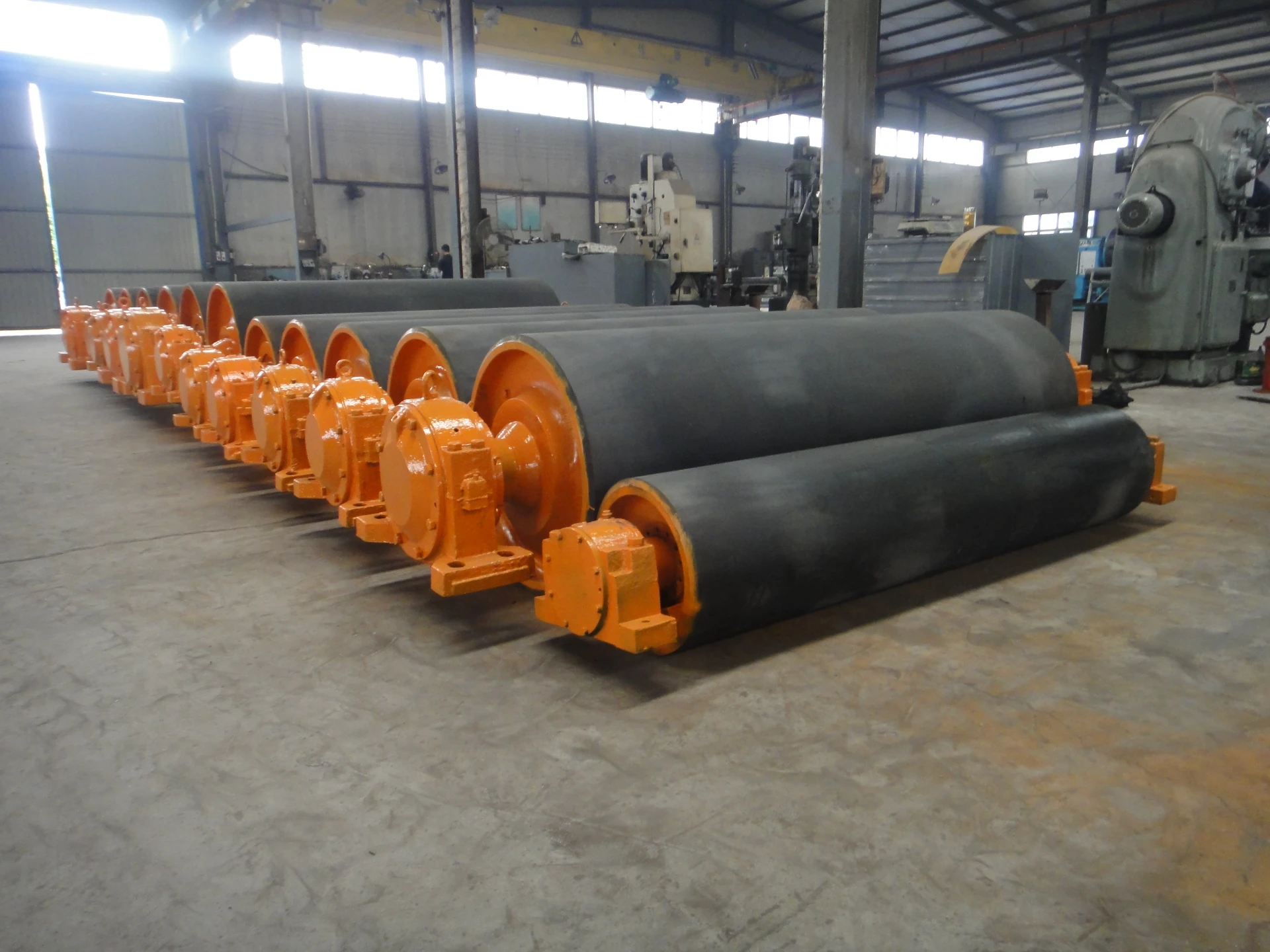 Afrikaans
Afrikaans  Albanian
Albanian  Amharic
Amharic  Arabic
Arabic  Armenian
Armenian  Azerbaijani
Azerbaijani  Basque
Basque  Belarusian
Belarusian  Bengali
Bengali  Bosnian
Bosnian  Bulgarian
Bulgarian  Catalan
Catalan  Cebuano
Cebuano  Corsican
Corsican  Croatian
Croatian  Czech
Czech  Danish
Danish  Dutch
Dutch  English
English  Esperanto
Esperanto  Estonian
Estonian  Finnish
Finnish  French
French  Frisian
Frisian  Galician
Galician  Georgian
Georgian  German
German  Greek
Greek  Gujarati
Gujarati  Haitian Creole
Haitian Creole  hausa
hausa  hawaiian
hawaiian  Hebrew
Hebrew  Hindi
Hindi  Miao
Miao  Hungarian
Hungarian  Icelandic
Icelandic  igbo
igbo  Indonesian
Indonesian  irish
irish  Italian
Italian  Japanese
Japanese  Javanese
Javanese  Kannada
Kannada  kazakh
kazakh  Khmer
Khmer  Rwandese
Rwandese  Korean
Korean  Kurdish
Kurdish  Kyrgyz
Kyrgyz  Lao
Lao  Latin
Latin  Latvian
Latvian  Lithuanian
Lithuanian  Luxembourgish
Luxembourgish  Macedonian
Macedonian  Malgashi
Malgashi  Malay
Malay  Malayalam
Malayalam  Maltese
Maltese  Maori
Maori  Marathi
Marathi  Mongolian
Mongolian  Myanmar
Myanmar  Nepali
Nepali  Norwegian
Norwegian  Norwegian
Norwegian  Occitan
Occitan  Pashto
Pashto  Persian
Persian  Polish
Polish  Portuguese
Portuguese  Punjabi
Punjabi  Romanian
Romanian  Russian
Russian  Samoan
Samoan  Scottish Gaelic
Scottish Gaelic  Serbian
Serbian  Sesotho
Sesotho  Shona
Shona  Sindhi
Sindhi  Sinhala
Sinhala  Slovak
Slovak  Slovenian
Slovenian  Somali
Somali  Spanish
Spanish  Sundanese
Sundanese  Swahili
Swahili  Swedish
Swedish  Tagalog
Tagalog  Tajik
Tajik  Tamil
Tamil  Tatar
Tatar  Telugu
Telugu  Thai
Thai  Turkish
Turkish  Turkmen
Turkmen  Ukrainian
Ukrainian  Urdu
Urdu  Uighur
Uighur  Uzbek
Uzbek  Vietnamese
Vietnamese  Welsh
Welsh  Bantu
Bantu  Yiddish
Yiddish  Yoruba
Yoruba  Zulu
Zulu Effective Use of Rubber Lagging for Enhanced Equipment Performance and Durability
The Advantages and Applications of Rubber Lagging
Rubber lagging is a critical component in various industrial applications, particularly in the mining and manufacturing sectors. It refers to the process of applying a layer of rubber to the surface of a pulley or drum, primarily to enhance grip and reduce wear. This article will explore the advantages of rubber lagging, its applications, and why it is an indispensable technology in the industry.
One of the primary benefits of rubber lagging is its excellent frictional properties. The rubber surface provides a superior grip, which ensures that materials are transported smoothly and efficiently on conveyor systems. This grip is crucial, especially in applications involving heavy or bulky materials, where slippage can lead to operational inefficiencies and increased wear on equipment. By enhancing the friction between the conveyor belt and the pulley, rubber lagging minimizes the likelihood of material spillage, thereby improving both safety and productivity.
In addition to its frictional benefits, rubber lagging serves as a protective barrier against wear and tear. Industrial pulleys and drums are subjected to significant mechanical stress and environmental conditions, which can lead to damage over time. Rubber’s resilient properties help absorb impact and vibrations, extending the lifespan of the equipment. This durability translates into lower maintenance costs and reduces the frequency of replacements, which is a significant advantage for businesses looking to maximize their operational efficiency.
Furthermore, rubber lagging comes with the benefit of being customizable. Manufacturers can tailor the thickness, texture, and grade of the rubber to suit specific applications. For instance, a more textured surface may be used in environments where increased grip is necessary, while a smoother finish might be applied for lighter loads. This level of customization allows companies to optimize their conveyor systems for various materials and operational conditions, improving overall efficiency.
rubber lagging

Another important aspect of rubber lagging is its resistance to environmental factors such as moisture, chemicals, and extreme temperatures. In industries like mining, where exposure to harsh environments is common, rubber lagging provides a reliable solution. Different types of rubber compounds can be formulated to withstand corrosive substances or high temperatures, ensuring that the lagging maintains its integrity and performance over time.
Rubber lagging is also an eco-friendly option in industrial applications. The use of rubber, especially when sourced from recycled materials, contributes to sustainability efforts. Additionally, the extended lifespan of lagged equipment leads to reduced waste and lower carbon footprints, aligning with the growing emphasis on environmental responsibility within industries.
When it comes to applications, rubber lagging is commonly found in sectors like mining, where it is used for conveyor belts that transport ore and materials from one point to another. It is also utilized in manufacturing plants, elevators, and even in the construction of heavy machinery. The versatility of rubber lagging makes it an essential component across various industries.
In conclusion, rubber lagging plays a vital role in enhancing the performance and longevity of industrial equipment. With its excellent frictional properties, protective characteristics, and adaptability to various environments, it proves to be invaluable in improving operational efficiency. Moreover, as industries continue to focus on sustainability, rubber lagging offers an eco-friendly solution that can contribute to greener practices. As technology advances, we can expect further innovations in rubber lagging, making it an even more integral part of the industrial landscape.
-
Revolutionizing Conveyor Reliability with Advanced Rubber Lagging PulleysNewsJul.22,2025
-
Powering Precision and Durability with Expert Manufacturers of Conveyor ComponentsNewsJul.22,2025
-
Optimizing Conveyor Systems with Advanced Conveyor AccessoriesNewsJul.22,2025
-
Maximize Conveyor Efficiency with Quality Conveyor Idler PulleysNewsJul.22,2025
-
Future-Proof Your Conveyor System with High-Performance Polyurethane RollerNewsJul.22,2025
-
Driving Efficiency Forward with Quality Idlers and RollersNewsJul.22,2025





























